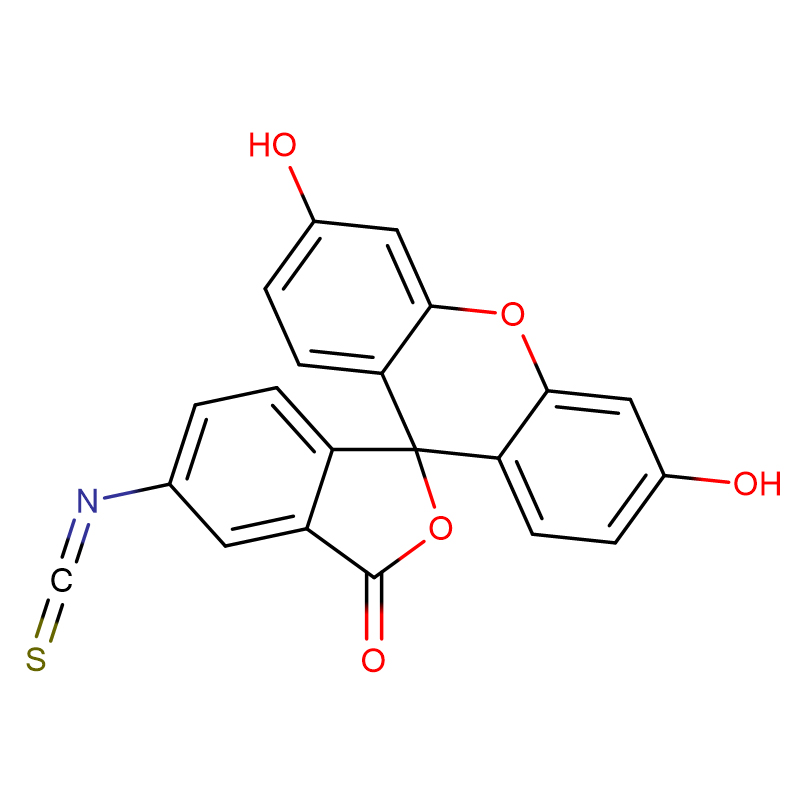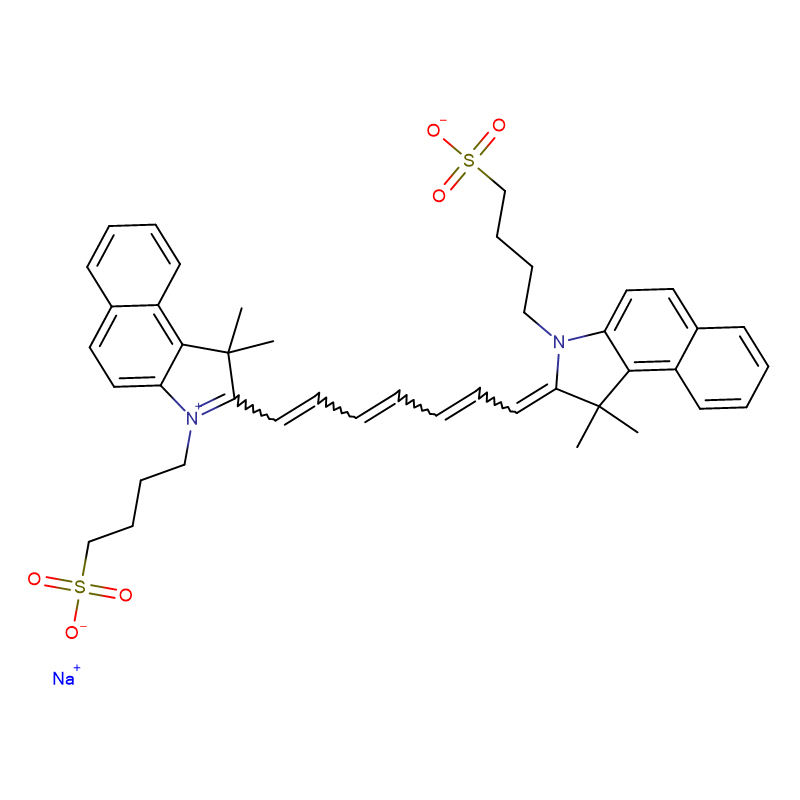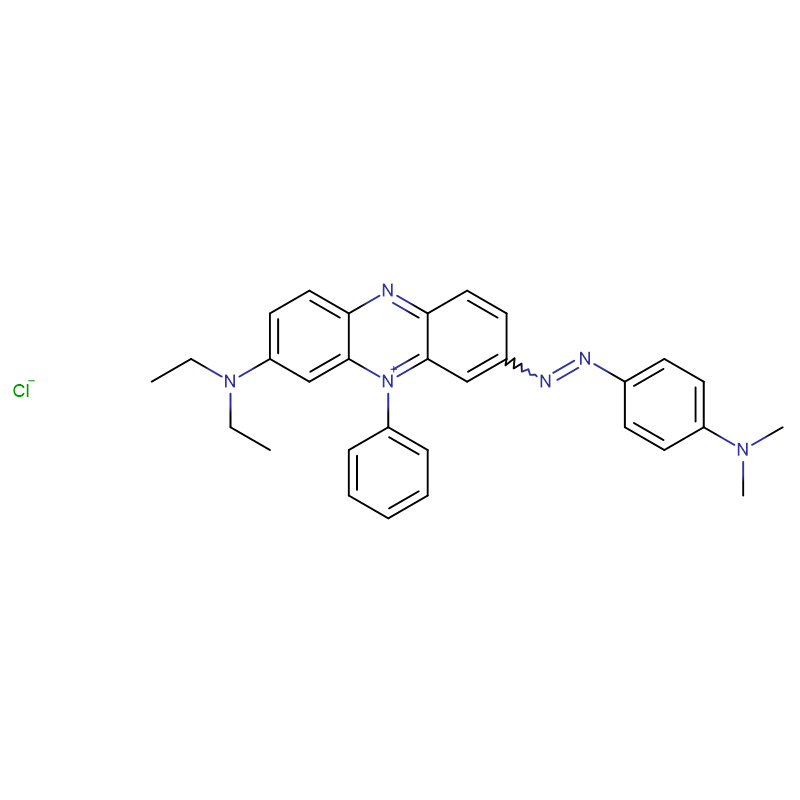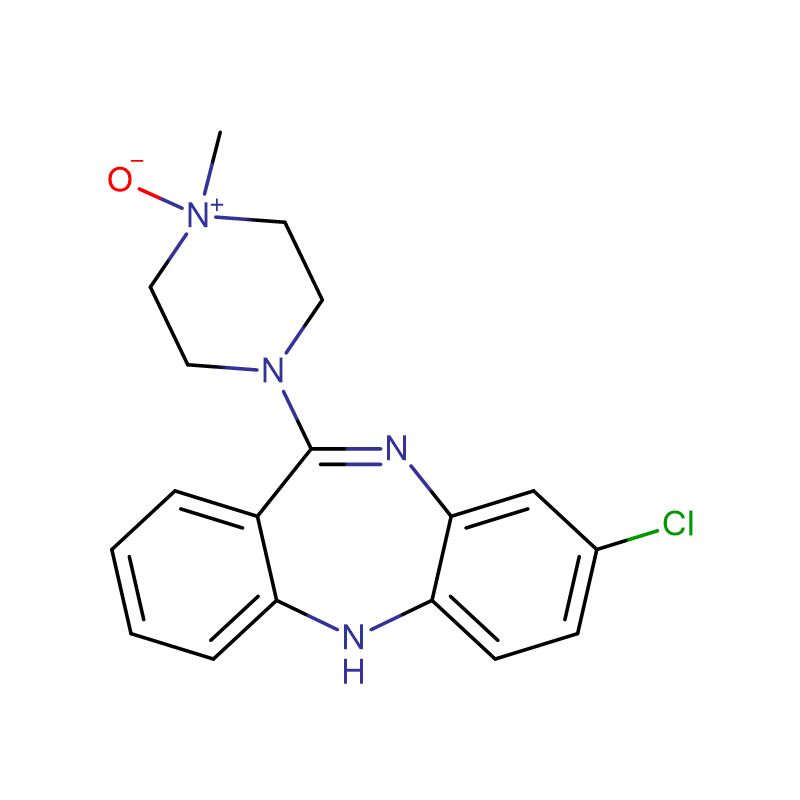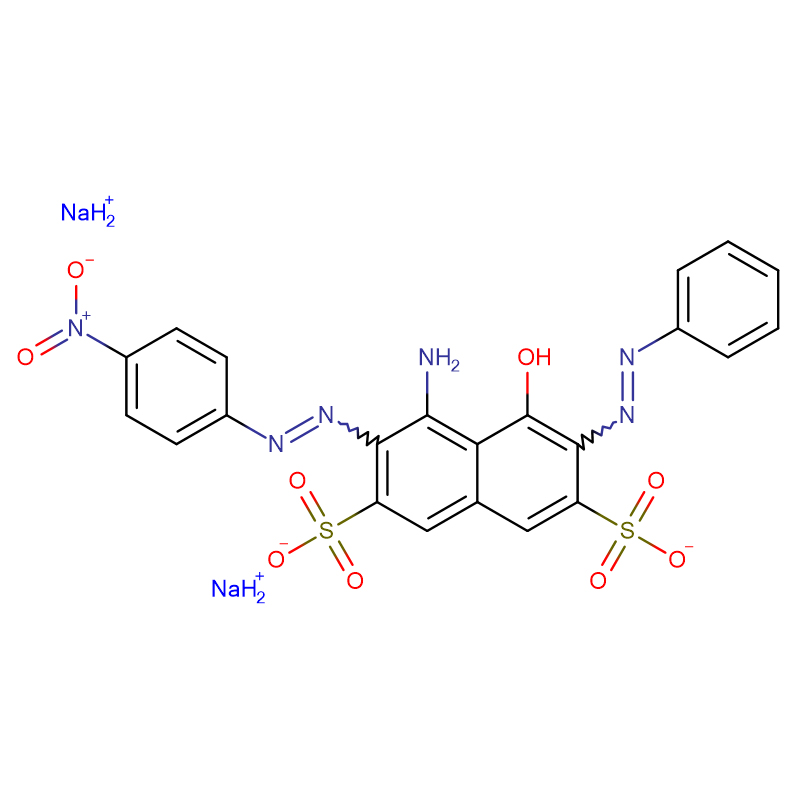Fluorescein 5-Isothiocyanate (isomer I) CAS:3326-32-7
| Catalog Number | XD90514 |
| Product Name | Fluorescein 5-Isothiocyanate (isomer I) |
| CAS | 3326-32-7 |
| Molecular Formula | C21H11NO5S |
| Molecular Weight | 389.38 |
| Storage Details | 2 to 8 °C |
| Harmonized Tariff Code | 32129000 |
Product Specification
| Appearance | Light yellow powder |
| Assay | 99% |
Ischemic stroke has been shown to cause hypermetabolism of glucose in the ischemic penumbra. Experimental and clinical data indicate that infarct-related systemic hyperglycemia is a potential therapeutic target in acute stroke. However, clinical studies aiming for glucose control in acute stroke have neither improved functional outcome nor reduced mortality. Thus, further studies on glucose metabolism in the ischemic brain are warranted.We used a rat model of stroke that preserves collateral flow. The animals were analyzed by [2-(18)F]-2-fluoro-2-deoxy-d-glucose positron emission tomography or magnetic resonance imaging during 90-minute occlusion of the middle cerebral artery and during 60 minutes after reperfusion. Results were correlated to magnetic resonance imaging of cerebral blood flow, diffusion of water, lactate formation, and histological data on cell death and blood-brain barrier breakdown.We detected an increased [2-(18)F]-2-fluoro-2-deoxy-d-glucose uptake within ischemic re gions succumbing to infarction and in the peri-infarct region. Magnetic resonance imaging revealed impairment of blood flow to ischemic levels in the infarct and a reduction of cerebral blood flow in the peri-infarct region. Magnetic resonance spectroscopy revealed lactate in the ischemic region and absence of lactate in the peri-infarct region. Immunohistochemical analyses revealed apoptosis and blood-brain barrier breakdown within the infarct.The increased uptake of [2-(18)F]-2-fluoro-2-deoxy-d-glucose in cerebral ischemia most likely reflects hypermetabolism of glucose meeting increased energy needs of ischemic and hypoperfused brain tissue, and it occurs under both anaerobic and aerobic conditions measured by local lactate production. Infarct-related systemic hyperglycemia could serve to facilitate glucose supply to the ischemic brain. Glycemic control by insulin treatment could negatively influence this mechanism.


